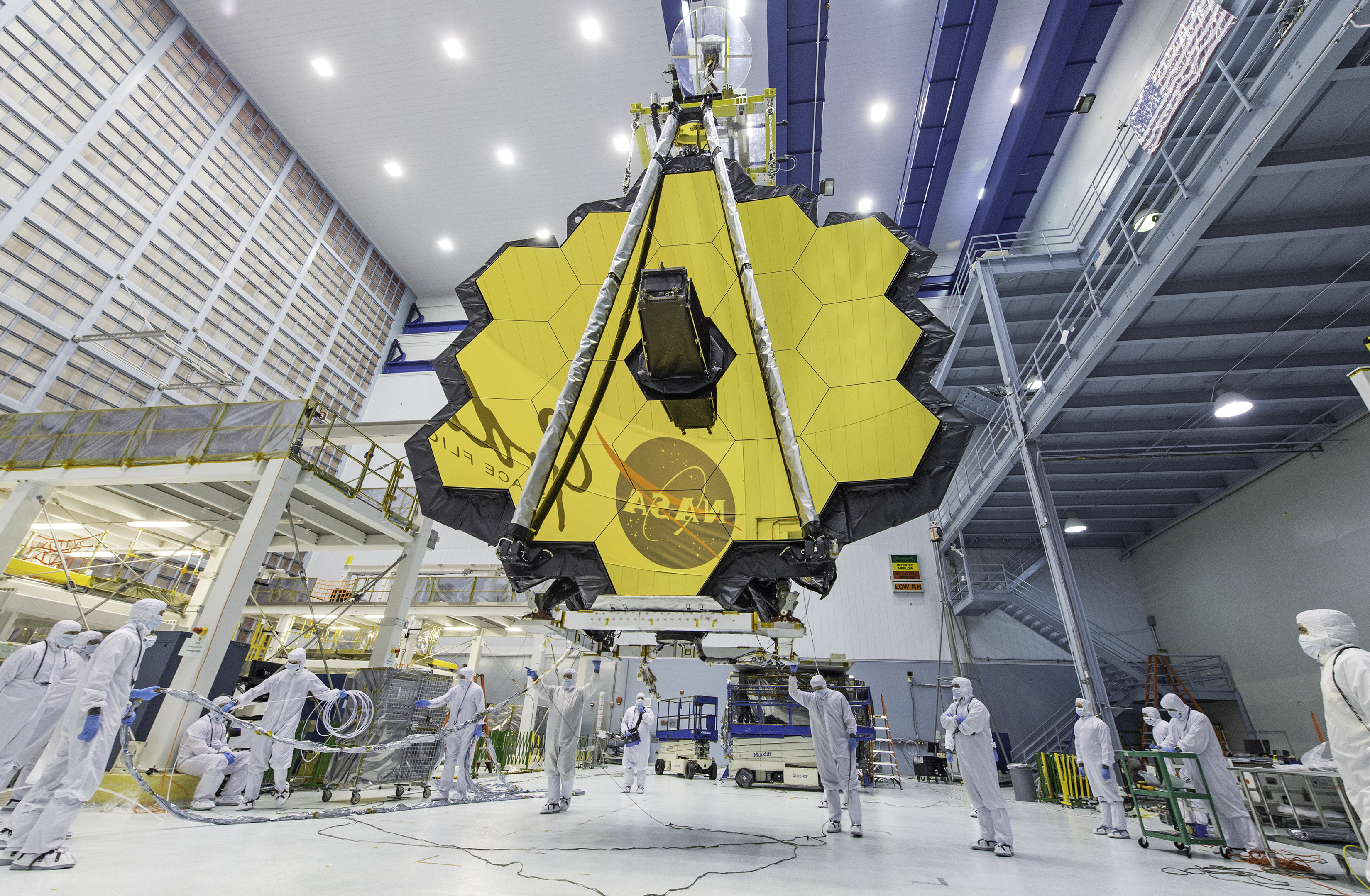A true moonshot project

How do you manage a complex NASA project when billions of dollars are at stake? Those involved take us through the pressures.
The James Webb Space Telescope (JWST) is the kind of mind-blowing international project that shows just what true potential collaborative project management can realise. Yes, 2023 has been a year full of challenge, disruption and changed plans for projects on planet Earth but when it comes to celebrating success, then the JWST is a project that just keeps on giving.
It’s been a little over a year since JWST first started returning images of the universe. Professor Gillian Wright, Director of the UK Astronomy Technology Centre in Edinburgh, started working on the Webb telescope in 1998. “It’s been a year of amazing stuff. Everything JWST looks at, you just go wow”, she told The Times earlier this year.
Under high pressure
Costing more than £8bn and suffering years of delay, the joint project between NASA and the European and Canadian space agencies was under phenomenal pressure to deliver on astronomically high expectations when it was finally launched on Christmas Day 2022. Floating 930,000 miles from Earth, the images Hubble’s replacement returned to its home planet were astonishing. Its infrared sensors peer into the farthest reaches of the cosmos to observe the universe’s first galaxies and look for exoplanets with the potential for life.
Its most recent jaw-dropping images captured in October include those of Jupiter-sized free-floating pairs of ‘planets’, unconnected to any star and which astronomers are now searching to explain. The 40 pairs were discovered in a new survey of the Orion Nebula, which the nearest large star-forming region to Earth. Dr Heidi Hammel, a multidisciplinary scientist on JWST, told BBC News that her reactions ranged from “Whaaat?! to “Are you sure?” on first seeing them.
Leading a moonshot project
Over the past year, Project has kept in touch with NASA’s Project Manager for JWST, Bill Ochs, to understand better how he has helped lead his team through this moonshot project. Most recently, I asked him for his reflections on what he has learnt about project management in 2023. “As I reflect upon the past year, more and more exciting new tools are becoming available to leaders for improving their ability to communicate and manage small through large-scale projects,” he told me.
“To me though, the fundamentals of my personal management style never truly change. The ability to truly listen to those around you, making yourself available, motivating a team and the value of humour in leadership are still the basics of my being successful,” he added.
Having (and showing) a sense of humour is especially important during times of immense pressure is inestimable. “Using humour in staff and technical meetings was an invaluable tool to reduce pressure and stress,” he says. “It kept people calm and promoted clearer thinking when it came to solving incredibly difficult problems. Humour here is defined as finding it in a particular situation and not about individuals.”
Trying not to screw up
As the project manager of a NASA flagship mission that cost billions, Ochs did not want to fail. “You want success. So you need to balance mission success with the programmatic aspects of your budget and schedule. We slipped our launch date many times; we had a lot of cost growth — and there’s all sorts of stories that go behind that because you need to balance those things.”
Moonshot projects such as JWST are defined by their immense complexity. Jennifer Trosper, Project Manager of NASA’s Mars Perseverance Rover mission, has also explained to Project that figuring out how to move forward in the face of complexity is one of the biggest challenges leaders of projects like hers face. “A lot of what I do as a project manager is help people prioritise, decide what's important, what's not important, what we do today versus what we do tomorrow”, she says.
The stakes are high. “The technical pressure of having multibillion dollar national assets on the surface of Mars means that you need to make sure that every one of the thousands of commands you give to it daily is good and will not harm the Rover. That pressure to make it work but also to not screw up is very big.”
The other quality that is invaluable on a project that requires years of preparation and where many doubt the outcome at various times, is — like the Rover itself — perseverance. “My advice is if you keep things moving forward and solve the problems that keep you moving forward, then anything is possible,” says Trosper. Invaluable for project managers with their feet firmly on the ground.


0 comments
Log in to post a comment, or create an account if you don't have one already.